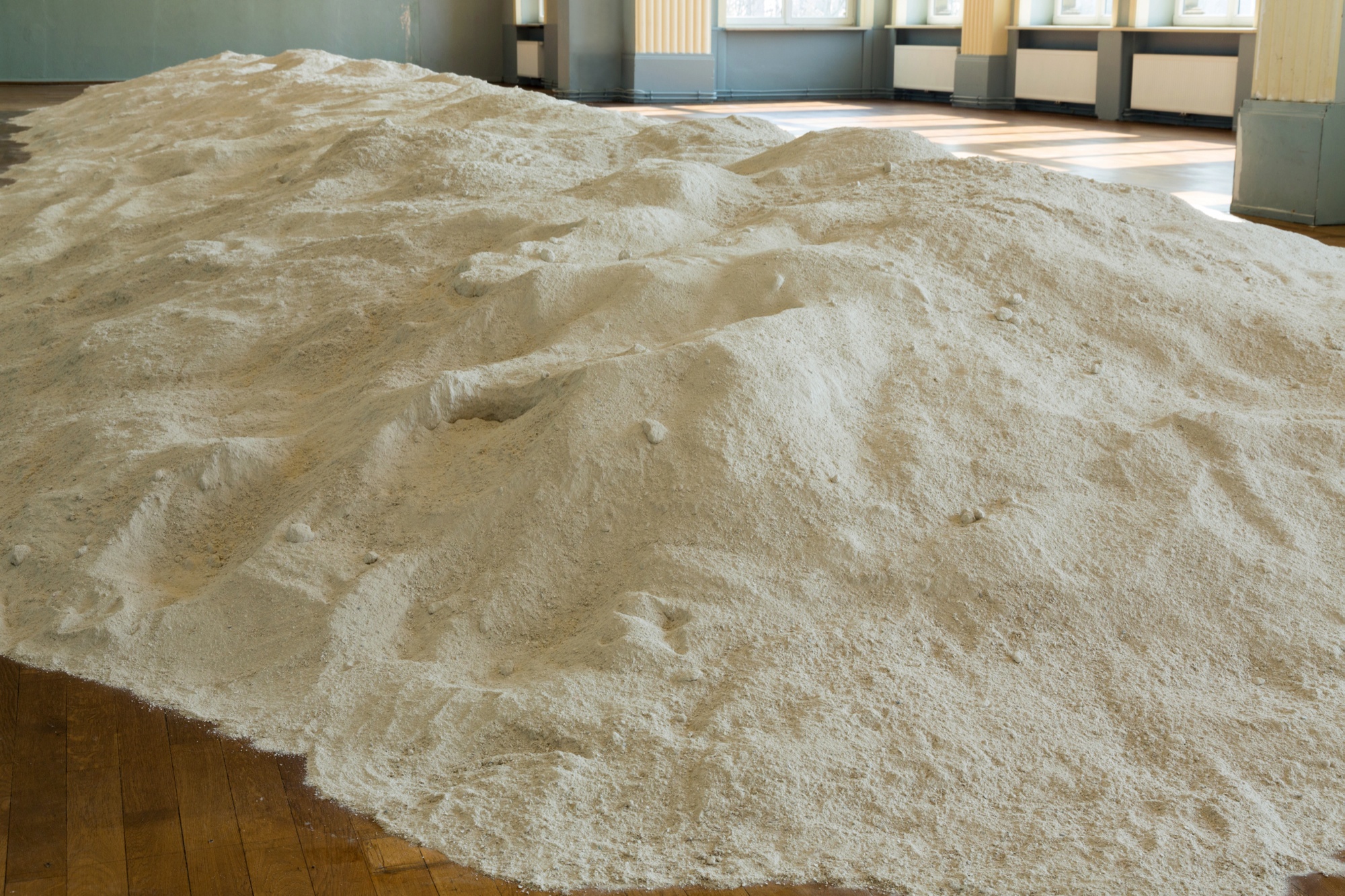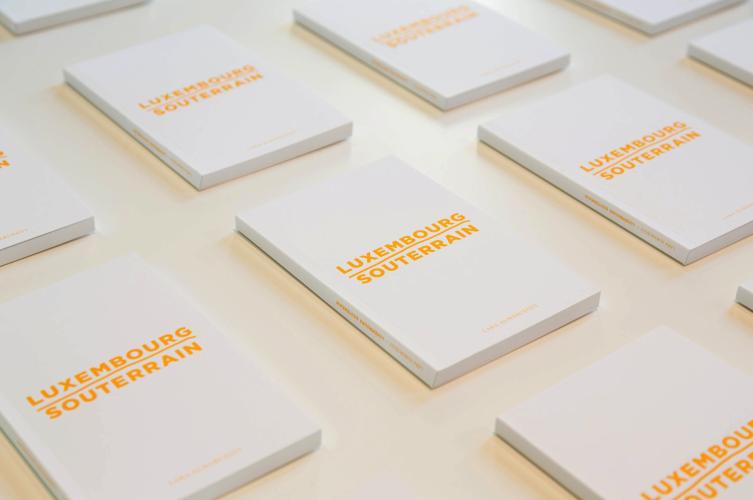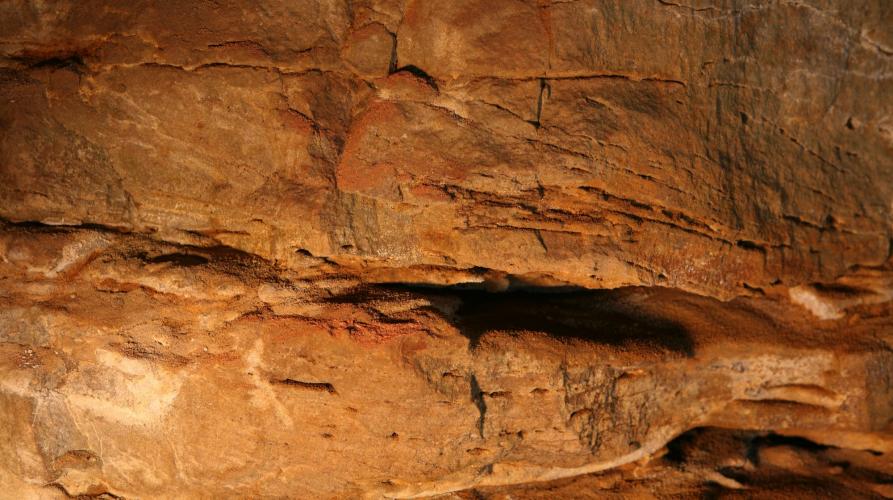
Gypsum
Starting from the plaster used in building the Casino Luxembourg exhibition spaces, the Spanish artist Lara Almarcegui probes the geologic strata beneath them in search of the plaster's raw mineral counterpart - gypsum - for potential exploitation. At the same time, she explores the materiality of the architectural envelope that covers and houses the gypsum. A play of relationships emerges between the powdery presence and the subterranean mineral property, between the building's architecture and its physical reality, but also between the building and its urban context.
The monumental installation The Plaster fills the main exhibition space. It is composed of twenty tons of powdered plaster derived from the temporary exhibition spaces that, until now, occupied - and concealed - the rooms of the former Casino Bourgeois, built in the nineteenth century. Those white cubes have been demolished and pulverised, leaving only their raw material: plaster. The artist confronts us with an architecture reduced to its mere construction material and now dialoguing with the space that enveloped it for more than twenty years.Construction Materials Casino Luxembourg is the negative counterpart of the installation The Plaster. After a painstaking process of detecting, identifying and measuring, Almarcegui established a list of all the construction materials that make up the Casino Luxembourg building. Purely factual and displayed in the simplest way possible, this list represents the original state of Casino Luxembourg, the material reality that preceded its construction. The list of construction materials, although concrete, becomes abstract due to the sheer size of the quantities. Furthermore, the listed materials represent only the building's immutable infrastructure, which has seen numerous renovations and spatial alterations over the years, the latest completed just recently.Casino Luxembourg sits on the city's bedrock, visible in the building's cellars and composed mainly of what is called Luxembourg sandstone. In recent works, Almarcegui has delved into issues of ownership of subterranean ground layers, and for years she has attempted to buy the mining rights to areas known to have ore or oil deposits. Her intention is, of course, not to exploit the resources but, rather, through this gesture of appropriation, to draw attention to the earth's geologic structure and to demonstrate that the subsoil is an integral part of the economic system that prevails on its surface.In her work Mineral Rights, the artist targets the gypsum deposit located some 130 meters below the plot of land on Rue Notre-Dame. Jointly with Casino Luxembourg, she has applied to Luxembourg's Water Management Authority for permission to explore for potential exploitation. Even though no mines have been operated in Luxembourg for several decades, this request revives the somewhat obsolete question of mining rights in the Grand Duchy. Almarcegui pursues her underground explorations beyond questions of geologic property in the book simply titled Luxembourg Souterrain (Underground Luxembourg). Like its predecessors for other cities, Madrid subterráneo and Ivry Souterrain, this book takes the reader down into the subterranean spaces that underlie the City of Luxembourg. From rock formations to road traffic tunnels to medieval bunkers, utility ducts and sewers, Luxembourg Souterrain reveals a city invisible on the surface but extending in a rich and complex network beneath under our feet.
Partners
With the support of: Mondriaan Fonds

